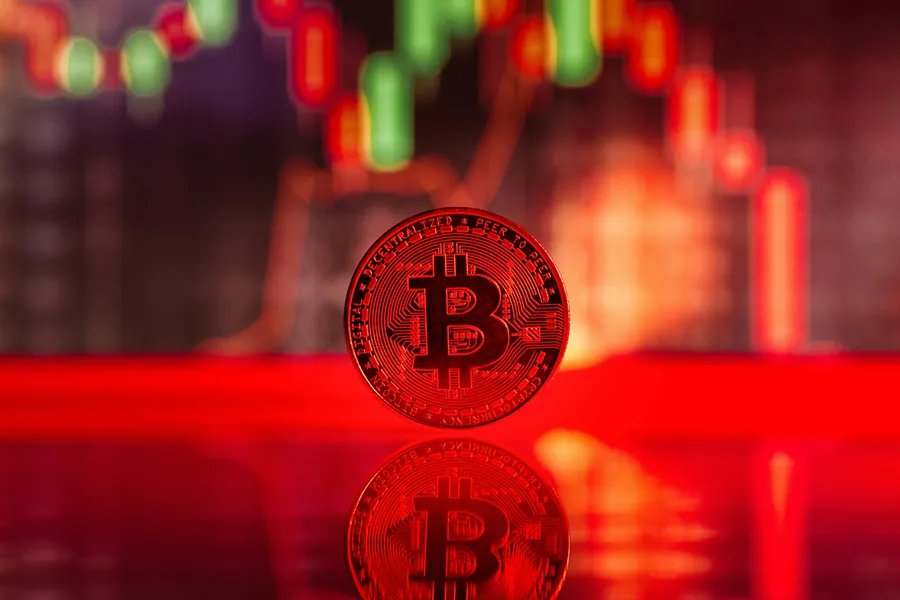What is Mining? – How New Coins Are Created

Title: Digging Deeper: A Hilariously Honest Guide to Mining Cryptos and the Madness It Entails
Introduction: Hey there, my name’s Valerii Wilson, and I’ve been in the crypto game long enough to have seen more than my fair share of mining madness. If you thought crypto was just about NFT scams and key leaks, buckle up for a wild ride into the world of mining – how new coins are created. Trust me; it’s crazier than you could ever imagine!
Imagine you’re a gold prospector back in the wild west. Instead of panning for gold, though, you’re solving complex math problems with your computer. When you find the solution, you get yourself a little bit of digital gold – or, in crypto parlance, a new coin. And just like those gold miners who staked their claims on valuable land, folks who invest in fancy hardware and electricity bills are vying for a piece of that lucrative digital action.
First off, let’s debunk the myth that anyone can mine crypto. Sure, back in Bitcoin’s early days, folks with their trusty laptops could strike it rich by lending their CPU power to the network. But these days? Forget about it! Now we’re talking heavy-duty rigs filled with specialized ASIC (Application Specific Integrated Circuit) chips that consume enough juice to light up a small town.
And then there are those pesky transaction fees. Just like our gold prospector had to pay for his pickaxe and shovel, miners have to cover the costs of their hardware and electricity. So they tack these expenses onto the transactions they process, essentially making users pay them for doing their job. Crazy, right?
Now, let’s talk about those coveted rewards that keep folks mining despite all these challenges. Every time a new block is added to a blockchain (which happens approximately every ten minutes), the miner responsible gets a bounty of freshly minted coins, along with any transaction fees attached to the processed transactions.
But here’s where things get interesting: as more miners join the network, it becomes harder to solve the complex math problems required for mining new blocks. That’s because the network hashes per second (NH/s) – a measure of its processing power – increases, making it exponentially more difficult to find the winning solution. This is known as the difficulty adjustment mechanism or simply, difficulty.
Think of it like running a marathon: when you first start out, you can maintain your pace with relative ease. But as more people join in, you have to run faster and faster just to keep up. And if too many people join at once? Well, good luck trying to cross the finish line before the clock runs out!
Last but not least, let’s discuss a thorny issue that has arisen due to all this frantic mining activity: its impact on our planet. The energy consumption required for maintaining these vast networks is staggering, leading to concerns about CO2 emissions and the overall sustainability of this industry.
While proponents argue that renewable energy sources can provide cleaner power solutions, others contend that we’re simply spinning our wheels (or should I say, mining our digital mountains) in an effort to justify continued usage when more eco-friendly options are available.
So there you have it, folks – a whirlwind tour through the wild world of mining. From its humble beginnings to its current state of energy-guzzling frenzy, this aspect of cryptocurrency continues to surprise and entertain even seasoned experts like myself. Whether you’re an enthusiastic newbie or a jaded veteran, one thing is certain: the crypto journey never gets dull!
Remember, my friends, as we traverse this ever-evolving landscape of digital riches and challenges: stay vigilant, keep learning, and maybe, just maybe, you’ll strike it lucky too. Just don’t forget to turn off your mining rig when you leave the room – we’ve all got our part to play in preserving this beautiful blue marble we call home. Happy mining!









